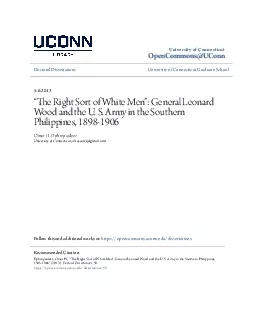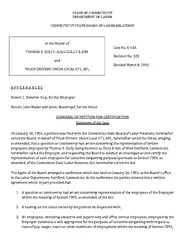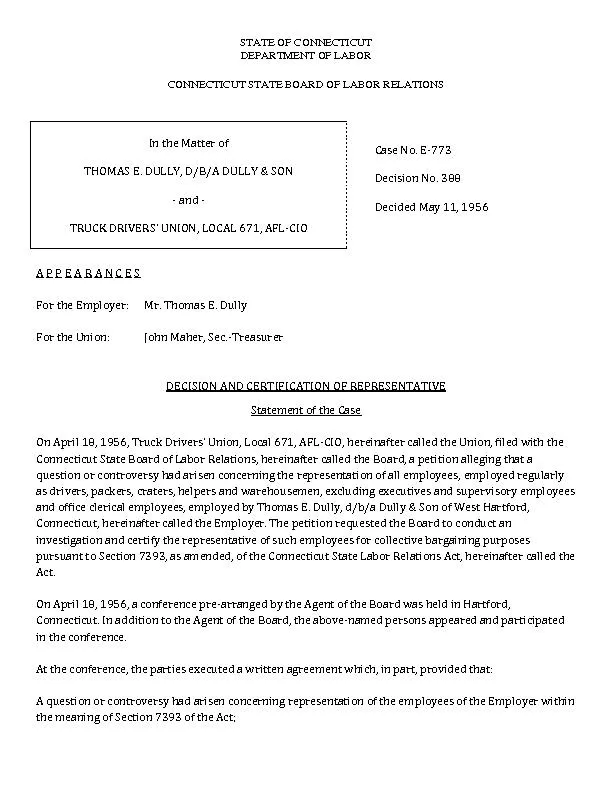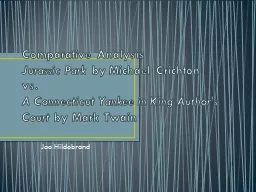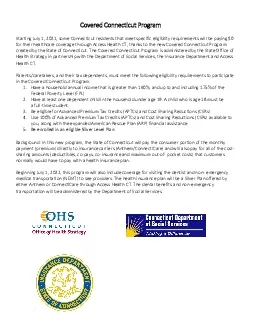PDF-University of Connecticut
Author : cady | Published Date : 2021-08-24
OpenCommonsUConnUniversity of ConnecticutDoctoral DissertationsThe Right Sort of White Men General Leonard Wood and the U S Army in the Southern Philippines 18981906
Presentation Embed Code
Download Presentation
Download Presentation The PPT/PDF document "University of Connecticut" is the property of its rightful owner. Permission is granted to download and print the materials on this website for personal, non-commercial use only, and to display it on your personal computer provided you do not modify the materials and that you retain all copyright notices contained in the materials. By downloading content from our website, you accept the terms of this agreement.
University of Connecticut: Transcript
Download Rules Of Document
"University of Connecticut"The content belongs to its owner. You may download and print it for personal use, without modification, and keep all copyright notices. By downloading, you agree to these terms.
Related Documents

